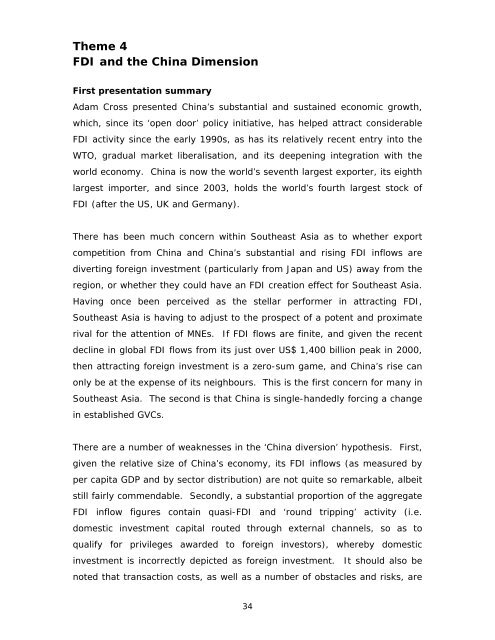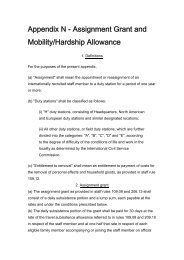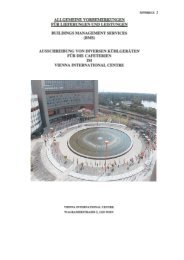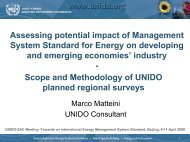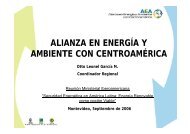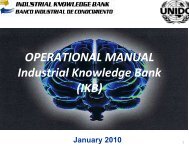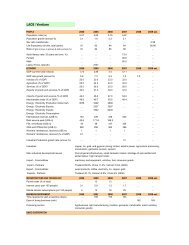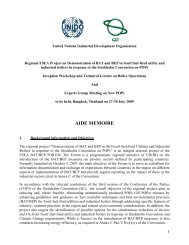Foreign direct investment in Southeast Asia: - Regional Office China
Foreign direct investment in Southeast Asia: - Regional Office China
Foreign direct investment in Southeast Asia: - Regional Office China
Create successful ePaper yourself
Turn your PDF publications into a flip-book with our unique Google optimized e-Paper software.
Theme 4FDI and the Ch<strong>in</strong>a DimensionFirst presentation summaryAdam Cross presented Ch<strong>in</strong>a’s substantial and susta<strong>in</strong>ed economic growth,which, s<strong>in</strong>ce its ‘open door’ policy <strong>in</strong>itiative, has helped attract considerableFDI activity s<strong>in</strong>ce the early 1990s, as has its relatively recent entry <strong>in</strong>to theWTO, gradual market liberalisation, and its deepen<strong>in</strong>g <strong>in</strong>tegration with theworld economy. Ch<strong>in</strong>a is now the world’s seventh largest exporter, its eighthlargest importer, and s<strong>in</strong>ce 2003, holds the world’s fourth largest stock ofFDI (after the US, UK and Germany).There has been much concern with<strong>in</strong> <strong>Southeast</strong> <strong>Asia</strong> as to whether exportcompetition from Ch<strong>in</strong>a and Ch<strong>in</strong>a’s substantial and ris<strong>in</strong>g FDI <strong>in</strong>flows aredivert<strong>in</strong>g foreign <strong><strong>in</strong>vestment</strong> (particularly from Japan and US) away from theregion, or whether they could have an FDI creation effect for <strong>Southeast</strong> <strong>Asia</strong>.Hav<strong>in</strong>g once been perceived as the stellar performer <strong>in</strong> attract<strong>in</strong>g FDI,<strong>Southeast</strong> <strong>Asia</strong> is hav<strong>in</strong>g to adjust to the prospect of a potent and proximaterival for the attention of MNEs. If FDI flows are f<strong>in</strong>ite, and given the recentdecl<strong>in</strong>e <strong>in</strong> global FDI flows from its just over US$ 1,400 billion peak <strong>in</strong> 2000,then attract<strong>in</strong>g foreign <strong><strong>in</strong>vestment</strong> is a zero-sum game, and Ch<strong>in</strong>a’s rise canonly be at the expense of its neighbours. This is the first concern for many <strong>in</strong><strong>Southeast</strong> <strong>Asia</strong>. The second is that Ch<strong>in</strong>a is s<strong>in</strong>gle-handedly forc<strong>in</strong>g a change<strong>in</strong> established GVCs.There are a number of weaknesses <strong>in</strong> the ‘Ch<strong>in</strong>a diversion’ hypothesis. First,given the relative size of Ch<strong>in</strong>a’s economy, its FDI <strong>in</strong>flows (as measured byper capita GDP and by sector distribution) are not quite so remarkable, albeitstill fairly commendable. Secondly, a substantial proportion of the aggregateFDI <strong>in</strong>flow figures conta<strong>in</strong> quasi-FDI and ‘round tripp<strong>in</strong>g’ activity (i.e.domestic <strong><strong>in</strong>vestment</strong> capital routed through external channels, so as toqualify for privileges awarded to foreign <strong>in</strong>vestors), whereby domestic<strong><strong>in</strong>vestment</strong> is <strong>in</strong>correctly depicted as foreign <strong><strong>in</strong>vestment</strong>. It should also benoted that transaction costs, as well as a number of obstacles and risks, are34


